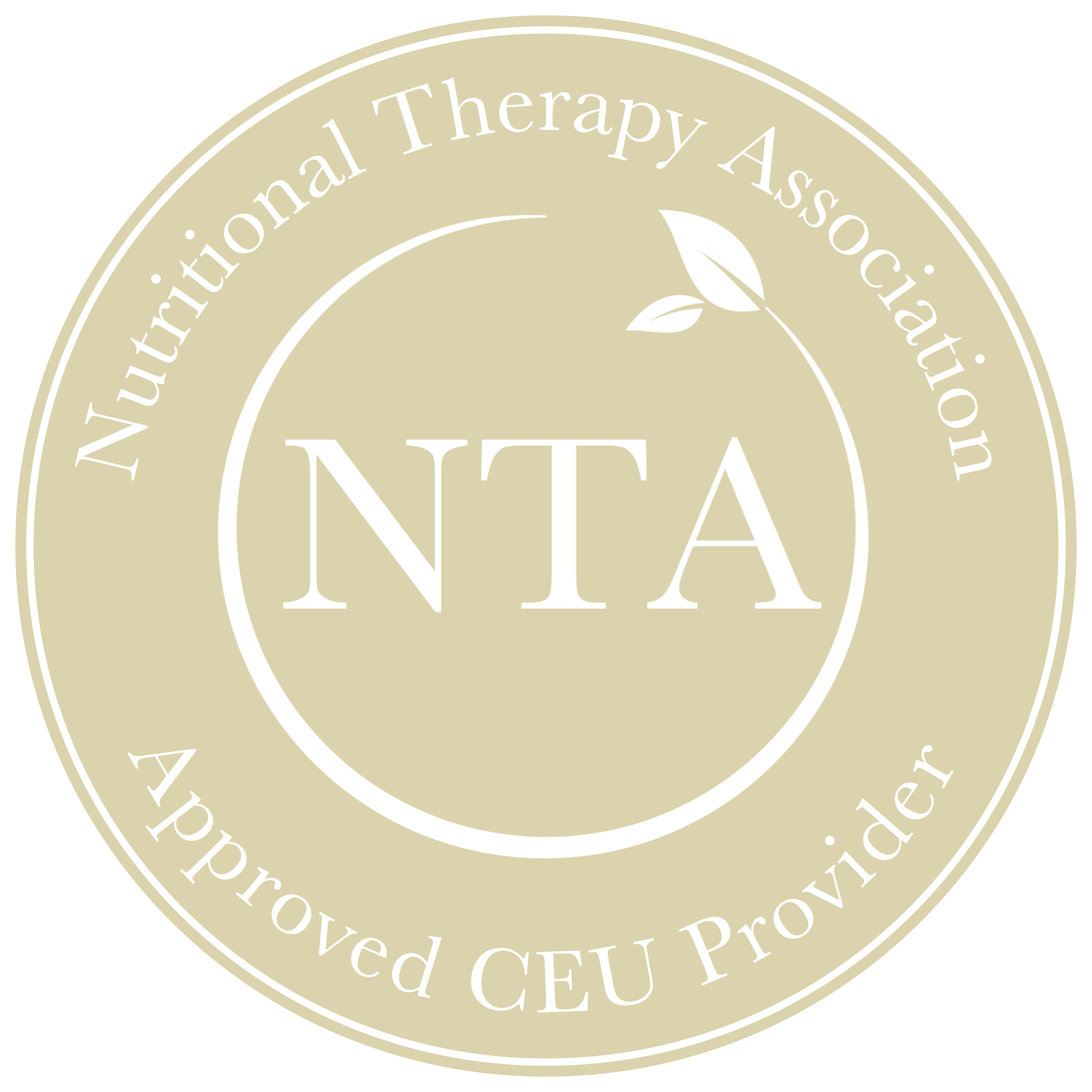What’s your big dream? Maybe it’s a waitlist practice, or stepping onto a big stage. Something lofty that would be a clear signal that you’ve made it. Did you know there are ways to predict if you will actually reach that big goal?
First of all, let’s start with where you are right now. How satisfied are you with your career on a scale of 1 to 10? Are you living your dream life or just trying to get through the day? Are you living from your highest self, engaging with every single moment? Or do you have a very different vision of how you’d prefer to be living?
Very few rate their life at a 10 out of 10 and most people have aspirations or dreams for something bigger — or in some cases — something entirely different. But why do so many people spend their time wishing and hoping for a different reality but never actually achieve it? Part of the problem is a lack of clarity about what they truly want and what it takes to get there.
Let’s go over five key factors that can help predict your future success. Grab a pen and paper and rate yourself in each of the following areas on a scale of 1 to 10.
1) Future Identity
What is your next big dream or goal, the big vision for your life? In order to get there, you must first envision yourself living it. Can you see yourself actually achieving it? What would your life be like? The ability to picture your future self living into your big goal is crucial for success. It provides clarity and helps you identify areas in which you need support or focus to get there.
Most people score low on this one because they quickly lose momentum. Think about New Year’s resolutions – they’re all gung-ho for the first two weeks but then they don’t stick with it. Without a future identity where they see themselves actually sticking with the resolution, long-term, they’re likely to give up before they reach the goal.
If you’ve never had something that you wanted so badly you couldn’t stop thinking about it, focusing on it, or working on it to bring it into reality, rate yourself at a 1. On the other hand, if you have experienced this type of burning desire and have lived into a dream at some point in your life, give yourself a 10. Those who practice living into the person they want to become are far more likely to make it a reality.
2) Intrinsic Value
People are motivated to do hard things when they know they’ll get a tangible result from their efforts. There are two ways to evaluate this. Extrinsic value is when what I’m doing helps me achieve something material, outside myself. Intrinsic value is internal; it’s something you would do no matter what, regardless of pay, simply because it fulfills you. You do it because you have a deep personal connection to it, a profound sense of gratification for it, and you love it.
If that’s you when it comes to your dream, give yourself a 10. If you don’t have this type of connection or internal value when it comes to your big goal, you are likely seeking extrinsic reward such as money, fame, or the need to impress someone. Those are external factors and you would give yourself a low score. When there is intrinsic value associated with your dream, you’re far more likely to accomplish it.
3) Utility Value
While it’s incredibly important to pursue a dream for its intrinsic value, our goals must also move us forward in life. We need our big goals to fulfill us in grounded, practical ways.
Will your dream bring something tangible and real into your life? This might be a new skill or useful understanding if you accomplish it. It might mean that bigger house you’ve dreamed of, the ability to travel more, or wonderful new relationships into your life. Or it might simply afford you more down time with less hustle.
What is the utility value of your big dream? If it will bring you more of what you are seeking in life, give it a 10. If it doesn’t have any utility value, if it’s entirely esoteric and won’t make your life better in any way, it’s a 1.
4) Opportunity Cost
This one doesn’t occur to most people and yet it’s incredibly important. If you go after your dream, what will it cost in other areas of your life?
Let’s say you want to triple the revenue in your practice. Your dream is to serve as many clients as possible. While it’s fantastic to have a big goal like this, it’s critical to consider the other areas of your life that might suffer if this dream really does come true. For example, will the time it takes to triple your revenue mean you have less time for your loved ones? Or would it mean you’d have to sacrifice your self-care in the process?
What would be the cost, what might you lose if you go all in with your dream? Will the joy and fulfillment you have today be sacrificed if you realize your big goal? Will all your down time be eaten up? Think through the opportunity cost of your dream and rate yourself on a scale of 1-10, with big sacrifices in other areas of your life putting you on the lower end and very little opportunity cost giving you a higher number.
5) Bandwidth Belief
This one isn’t simply about time, it’s about what you believe about your available time. If you think you have absolutely no time to devote to your dream, you’ll never go after it. Or you’ll get started, hit a moment of overwhelm, and give up. Our beliefs about time are fluid and require deeper reflection for an accurate evaluation.
Consider that the average American spends 4 hours a day watching television, over an hour a day on social media, and less time than ever preparing food in the kitchen. When you take a hard look at where you spend your time, when you evaluate how often you find yourself scrolling through Instagram, what is your bandwidth belief? Is it possible that you actually have more bandwidth than you realize?
The busiest, high-level movers and shakers achieve success because they find at least a few hours per week to devote to the pursuit of their big goal. Where are you on a scale of 1-10 with 10 being you have adequate bandwidth to devote to your dream on a regular basis?
When I think back to my initial dream of starting Restorative Wellness Solutions, it was no more than a whim. But that idea grabbed hold of me and wouldn’t let go. I literally couldn’t think of anything else. When I thought of a complex biological concept, I found myself thinking about how I would teach that concept – seeing my future self. I literally felt like the course was being downloaded to me and I could barely keep up.
Creating RWS was a driving force within me, a labor of heart and soul. There was no way it wasn’t going to happen and the intrinsic value was immense.
When I thought of the years it had taken me to hone my craft and how I could help other practitioners jump-start their practices, I knew my dream would have utility value.
I have to admit there was an opportunity cost in creating RWS. And for me, it manifested as neglecting my amazing husband. I was head-down “in it” for a good year. The only way we got through it was due to his incredible support of my vision.
Lastly, I never doubted my bandwidth. Even though I had a huge practice load, I found the time to create. I got really good at scheduling my day, blocking out a couple hours here and there, and staying focused, which allowed me to see it to completion.
How did you do with these 5 success factors? In order to get there, you’ve got to get your mind right, think through these steps, and evaluate how likely you are to really make your big goal a reality. With some key mental shifts in these five areas, you’re on the road to big things!
Here’s to all your dreams coming true!
Anne is a Certified High Performance Coach, trained by Brendon Burchard, and these strategies are part of her coaching process.







